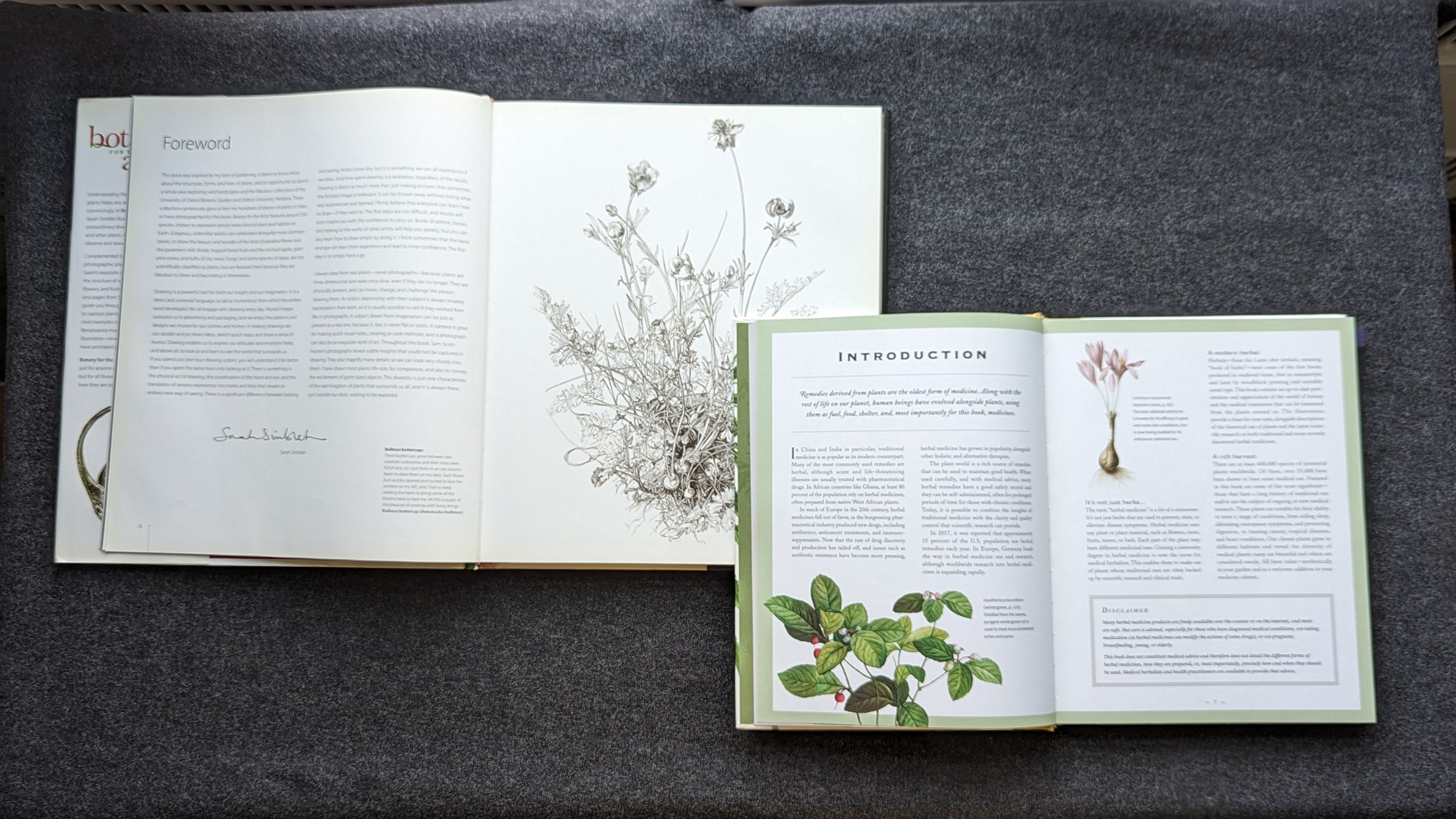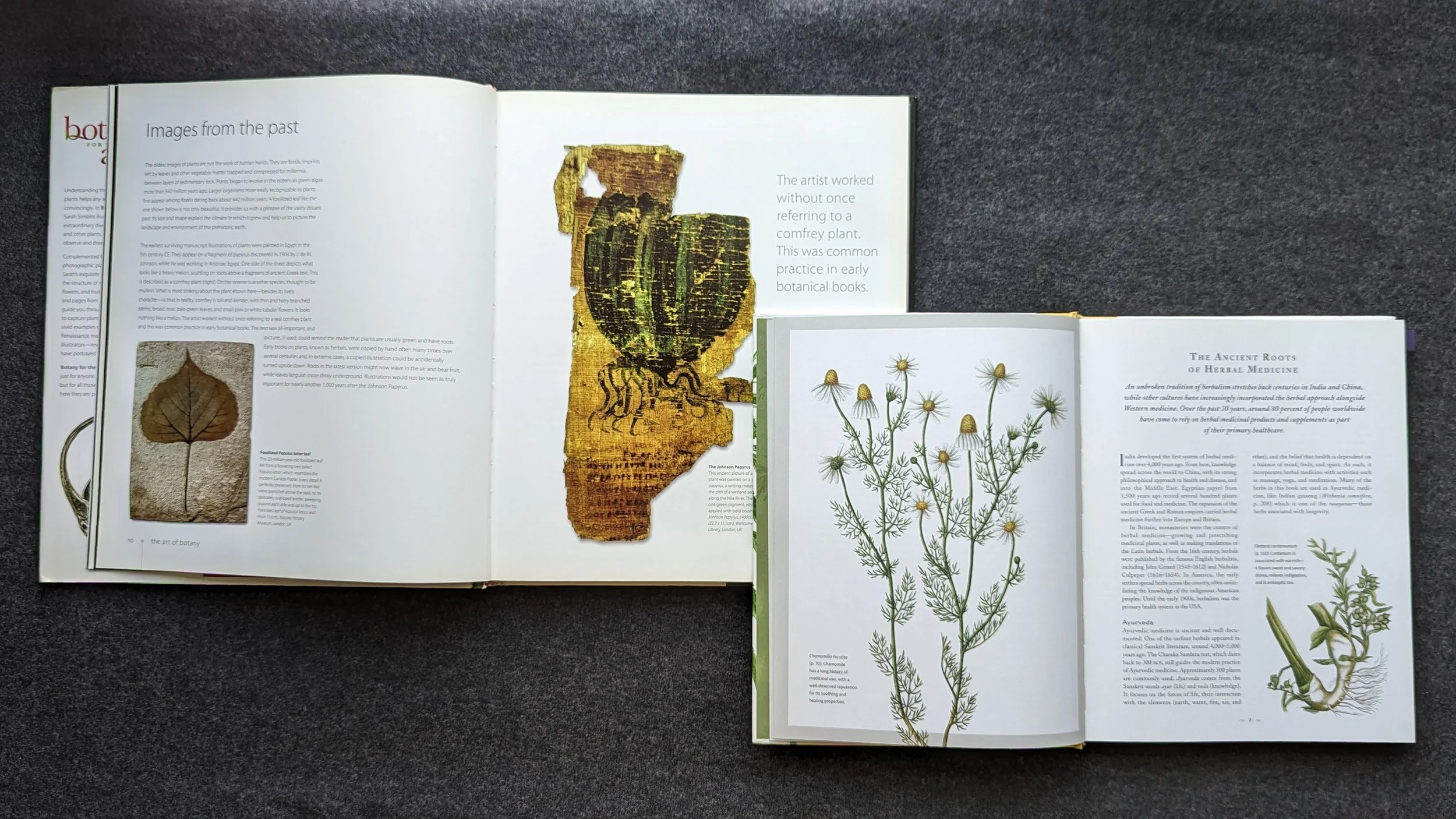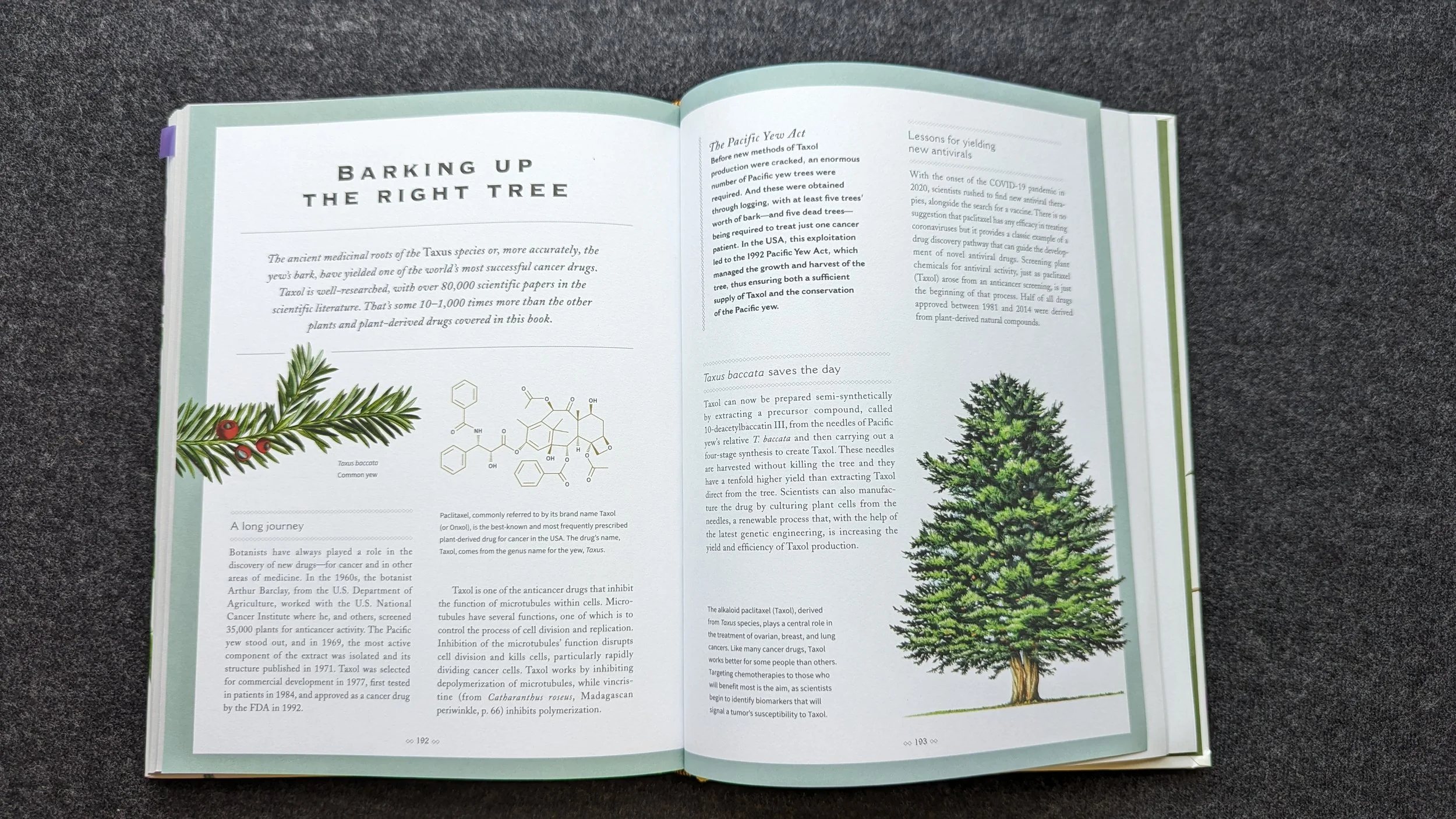Ah, Look at All These Botany Books!
In a previous Book Design Review, The Anatomical Chart of Clutter, I discussed 図鑑, a popular genre in Japanese book market. 図鑑 literally translates to illustrated reference book. They’ve got a 図鑑 for every topic, from human anatomy to breads of cats, from types of sneakers to designs of gardens.
Because of my struggle in reading large chunk of text, I’m a life long collector of illustrated books. Most of my printed books are graphic novels, cartoons, non-fiction books filled with diagrams and short paragraphs, and reference books that have a lot of pictures. These books have been my greatest teachers.
Botanical study has been a beloved topic of illustrated reference books, taking up shelf space in bookstores regardless of language or culture. Let’s take a look at how they are structured to help to reader take in the information more effectively.
Like any reference book, most botany field guide books aren’t meant to be read from start to finish. You can pick out any page, start anywhere, and flip the pages back and forth. You can pick the book any time, and put it away any time - there’s no suspension keeping you hooked - you just refer to the book whenever you need or want to.
The Anatomy of A Reference Book
The key components of a reference book include Entries, Expositions, Table of Contents and Index. Some books might include a list of Glossary if it contains many field-specific terminology. Some others might include some Exercises to help the readers put what they just learned to use.
The main content of reference books consist of “entries” of a subject. Take this tree identification card deck below as an example, each card is an “entry” of a tree, with depiction of their visual features, and description of their traits.
Field Guide Cards for Identifying Trees
Growing up in the Internet Era, we don’t have memories of utilizing an encyclopedia book to look up for the information. Search engines and Wikipedia have completely changed the user experience and made encyclopedia books obsolete. Now with image-identification AI built in our phone camera, we can easily snap a picture of a plant and query the internet for its information. We no longer need to carry these field guides when we go hiking.
However, reference books still have their purpose in the Internet Era.
They compile the endless information into a bounded container. They provide forms for the limitless so that we the mortals can contact and metabolize the information.
Take this book, The Sibley Guide to Trees, for an example.
The first forty pages of this four-hundred-page book introduce the readers what tree identification is all about, how to get started, what to look for in the appearance of a tree (leaves, trunks, barks, twigs, flowers, fruits…etc)… so on and so forth. It uses its first tenth of the book to give the readers an overview of the subject matter and introduces the key concepts associated to this subject.
This introduction laid the foundation for the next 350+ pages of different kind trees.








Botany is a very broad field of study. It breaks down into various subcategories for different interests. Aside from tree identification field guides, there are also books focus on agriculture, on house plants, on medicine, on food… and so on.
These two books below serve a good example for comparison:
Botany for the Artists: An Inspirational Guide to Drawing Plants, by Sarah Simblet
Botanicum Medicinale: A Modern Herbal of Medicinal Plants, by Catherine Whitlock
Cover Design of Both Books
Botany for the Artists is a teaching book. As the title suggested, it’s intended for artists who want to learn about the techniques of drawing plants, and it provides just enough scientific and historical background of the field of study.
Botanicum Medicinale, on the other hand, is more like a typical reference book, a dictionary of plants and their medical usage.
Let’s put them side by side and see how their designs compare. First let’s look at the beginning and the end of the two books, which are the title page, the table of contents, the glossary, the index and the afterword.








In addition to the glossary and the index, Bonaicum Medicinale also provided a table of conditions and treatments. Readers can look up herbal remedies by symptoms they are experiencing.
Conditions and the remedy
Now we come to the beefy part of each book, the entry and exposition.
Let’s start with Botanicum Medicinale, which is relatively straightforward. In the beginning of book, the author provided a diagram of how each entry is structured to help the reader quickly scan to the information they need.
Diagram of how to read the entry





In Botany for the Artists, each entry is extended into several pages that describe the scientific information of the topic, e.g. the stems, their visual characteristics, e.g. trunks, runners and climbers, how to observe and draw this topic, and what can we learn from historical naturalist drawings.







Through these botanical books, we can learn how design choices enhance the usability and appeal of reference books. By examining the structure, visual elements, and content organization of these books, we see how they cater to various readers’ needs, making complex information accessible and engaging, while still holding their place in the digital age.
Before we end this post, I just want to put a quick word on AI generated books. Many of my book nerd friends feel a strong disdain toward the AI generated books. Although looking closer you’d be quick to tell the content of those books isn’t good, they obscure the marketplace and make the real good books even more difficult to find.
I concur this sentiment, however, this has been the case long before AI wrote its first sentence. when a topic becomes trendy, i.e. a certain book becomes a bestseller, you’ll soon find many similar books published in the next few years. It’s the so-called “invisible hand of the market” that drives people to produce similar products (note I said “product” not “art”) in the hope of profiting from what’s trendy at the moment.
When I took photos for Sarah Simblet’s Botany for the Artists, I was reminded of many other botany drawing books I bought. Watercolor Techniques for Botany Drawing. Drawing House Plants. That sort of titles. Similar cover design, similar size and format, slightly lower priced. But eventually, I gave those books away. They didn’t leave much impression on me. And Sarah’s Botany for Artists remained. I find this book rich in its historical research, masterful in its drawing, dazzling in its photography… I return to this book again and again over the years.
As book makers we might sometimes feel disheartened by “the books made by folks who didn’t care”. Whether produced by AI or by humans, there will always be books created not so much from original thinking but more from trying to follow a success formula. Just like in nature, while genetic mutation happens every once a while and it may or may not be successful, we can sit assured that successful genes will soon be copied all over. I take it as a natural process.
All we can do is to collaborate with our inspirations, and do what feels right in the moment.




